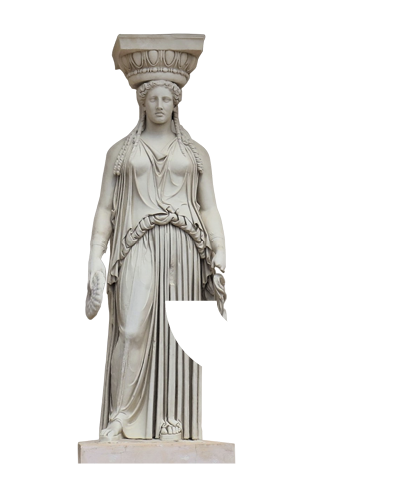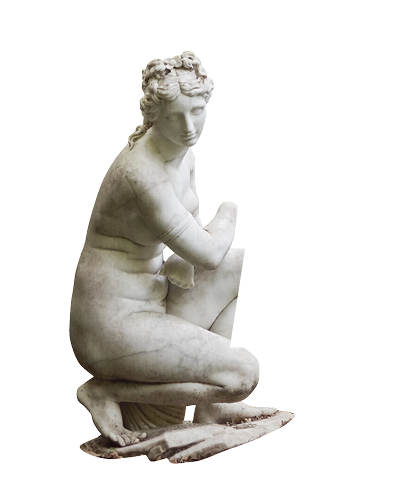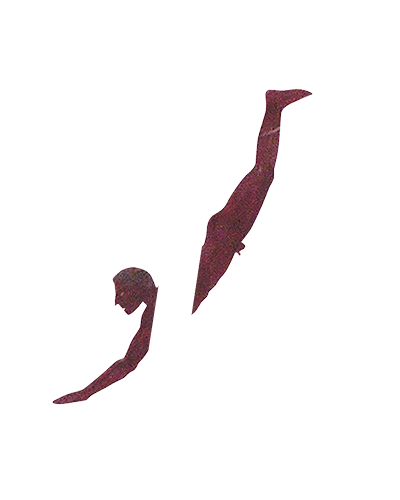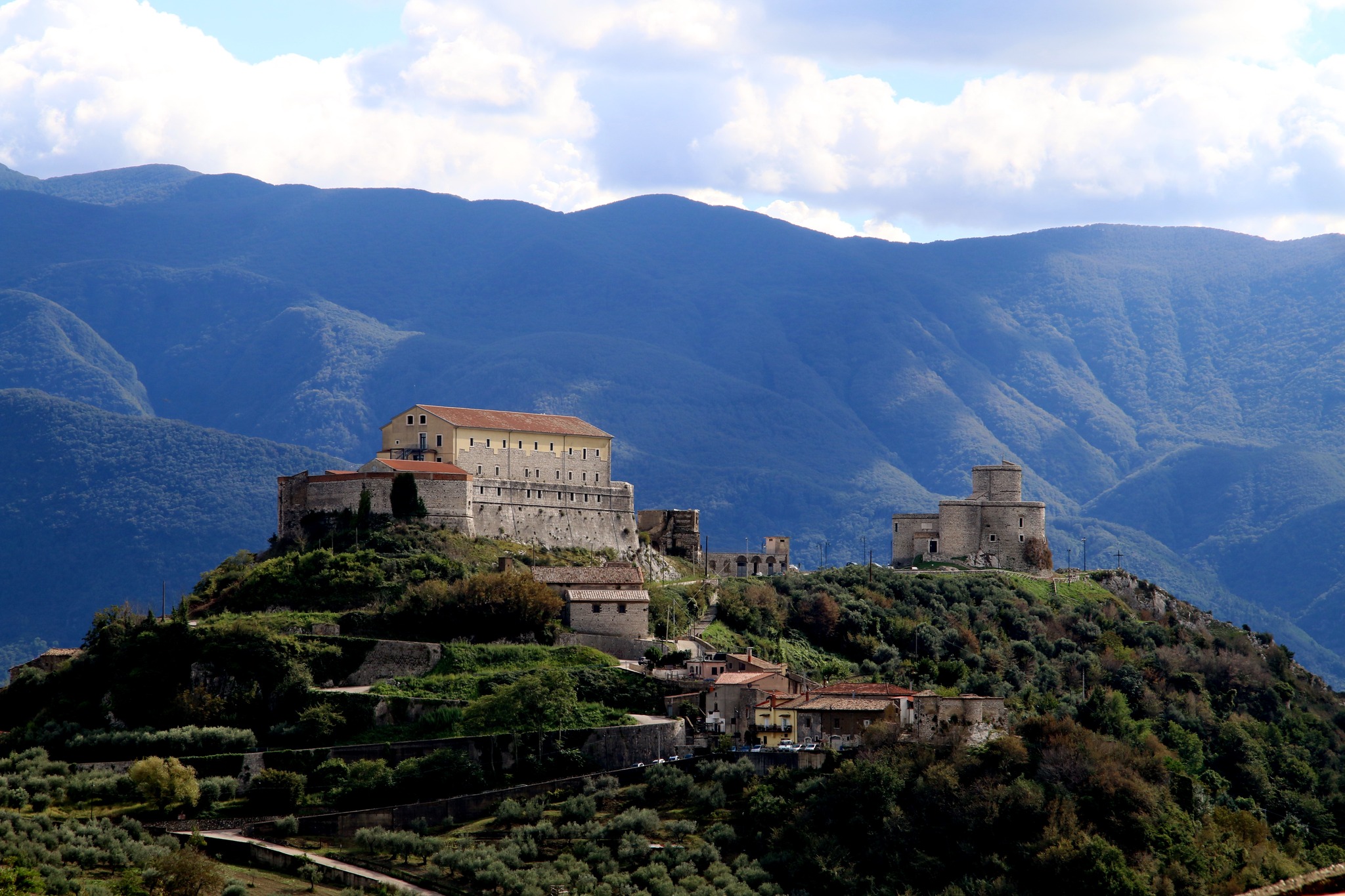
Museo Archeologico Nazionale del Sannio Caudino nel Castello di Montesarchio
museum
castles and Historic residences
Museo Archeologico Nazionale del Sannio Caudino nel Castello di Montesarchio
Visit the National Archaeological Museum of the Sannio Caudino with Campania>Artecard, housed inside the Castle of Montesarchio (BN). The museum is dedicated to the history and archaeological heritage of the Caudina Valley.
One of its most remarkable exhibits is the splendid Crater of Assteas, an extraordinary artifact bearing the artist’s signature. This celebrated vase, an iconic symbol of the museum, has been described as “the most beautiful in the world.”
The National Archaeological Museum of the Sannio Caudino, housed within the Castle of Montesarchio, is dedicated to the history of the Caudina Valley and the archaeological remains of its most important ancient centers: Caudium (Montesarchio), Saticula (Sant’Agata de’ Goti), and Telesia (San Salvatore Telesino).
The museum presents a chronological journey, starting with a reconstruction of the prehistoric landscape, displaying artifacts discovered in various locations. A large section is devoted to Caudium, the modern-day Montesarchio, featuring grave goods from Caudinian necropolises, dating from the mid-8th to the 3rd century BC. These finds highlight the city's rich history and extensive trade relations with Greek coastal cities and the Etruscan-Campanian world
One of the museum's most significant treasures is the splendid crater created in Paestum in the 4th century BC by the renowned ceramic painter Assteas, whose signature is visible on the piece. This iconic artifact, described as "the most beautiful vase in the world," is a red-figure calyx krater used for mixing wine and water during symposia.
The most famous depiction on the crater illustrates the Greek myth of the abduction of Europa: at the center, Zeus, transformed into a white bull, is shown carrying Europa to Crete, on the opposite side, Dionysus, the god of wine, appears alongside a small procession. The crater was discovered in 1973 during excavation work near Sant’Agata de’ Goti. It was illegally sold for just one million lire and a piglet, before entering the illicit art trade. In 1981, it was acquired by the Getty Museum in Malibu, but following extensive investigations, it was finally returned to Italy in 2007.
The castle was originally built by the Lombards and later modified during the Norman period. It is first mentioned in Emperor Frederick II’s statutes (1241-1246). While most of its medieval structure has been altered over time, the external fortifications, dating back to the Aragonese era, and underground chambers once used as cisterns remain well-preserved.
Address
Via Castello, 1, Montesarchio, BN
Opening hours
Tuesday - Sunday: 9:00 AM - 7:00 PM (last entry at 6:30 PM)
Closed on Monday
Contacts
+39 0824 834570
drm-cam.montesarchio@cultura.gov.it
Ticket without Artecard
€ 5,00
Included in:

